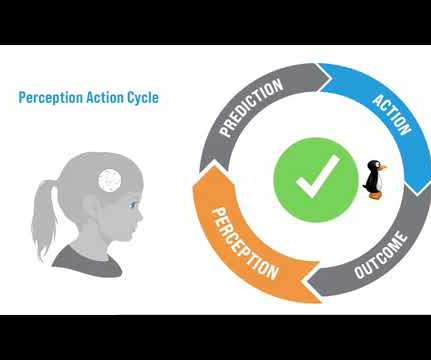10 Popular Educational Trends and What You Need to Know
Waterford
JUNE 11, 2020
When school curriculum is adaptive to a student’s unique needs, it’s more likely to promote student progress because each child can move at their right pace.[2] 2] Plus, adaptive software programs allow teachers to use the same program for all students in their classroom—including those with learning disabilities.












































Let's personalize your content